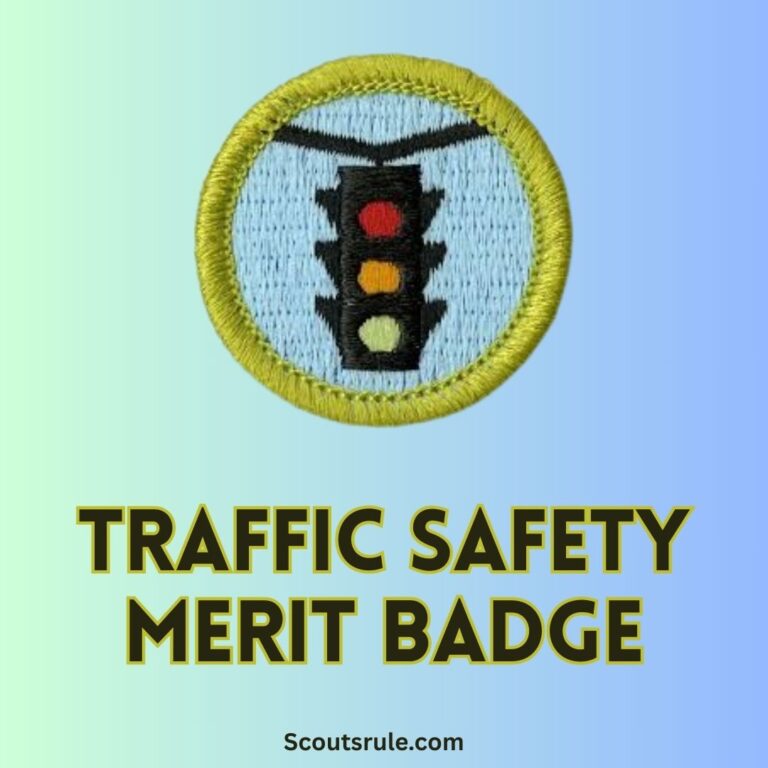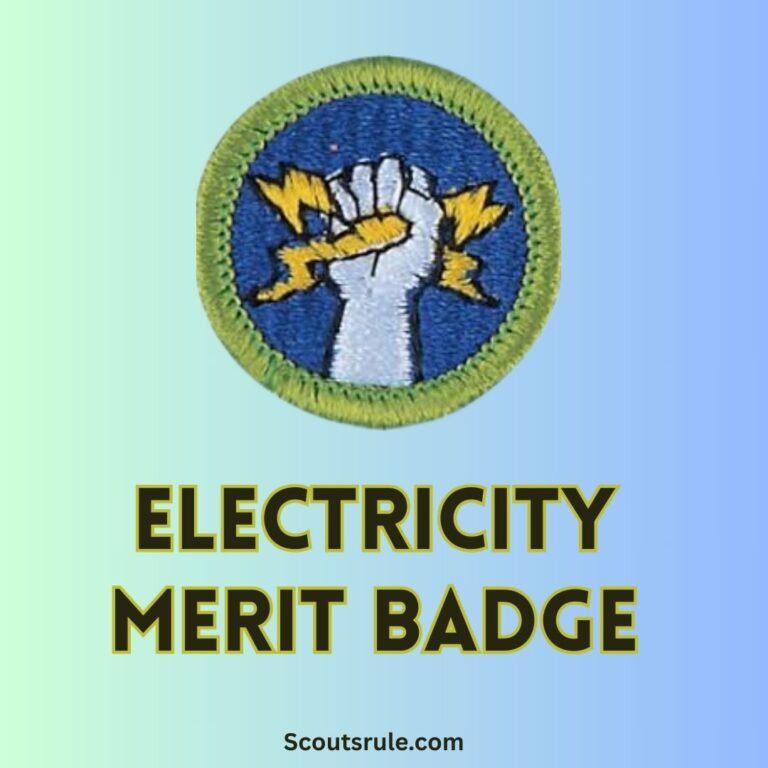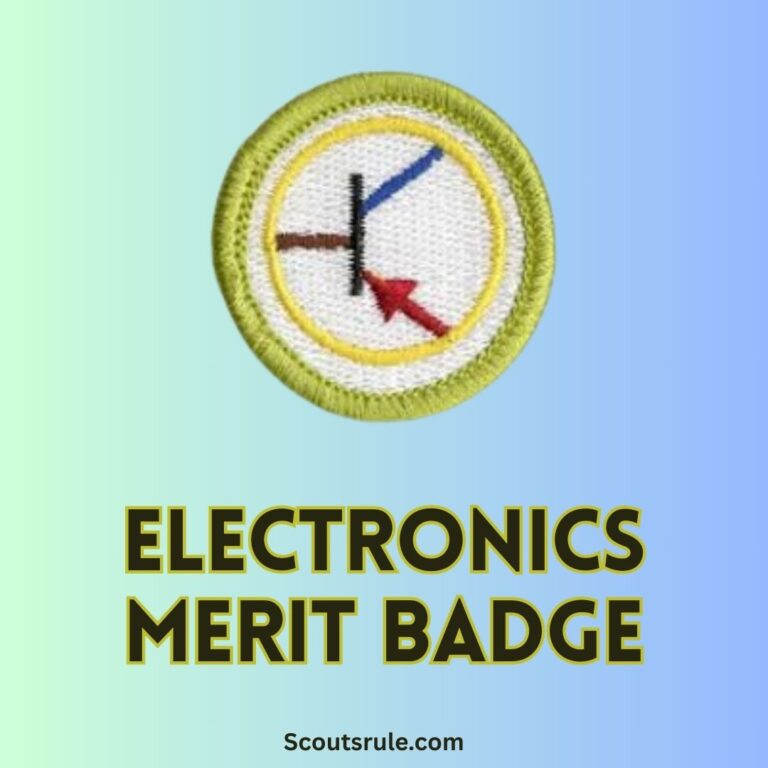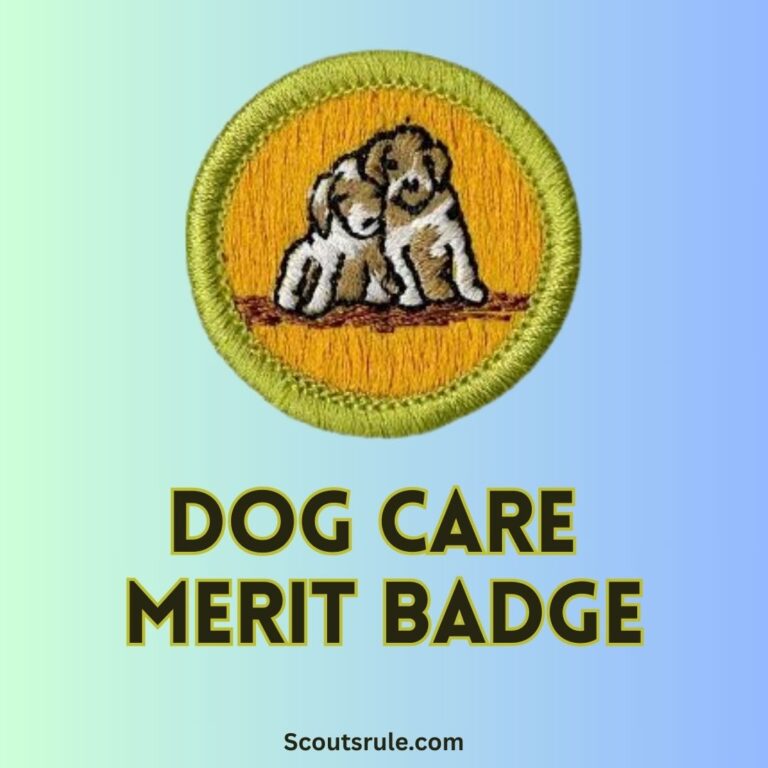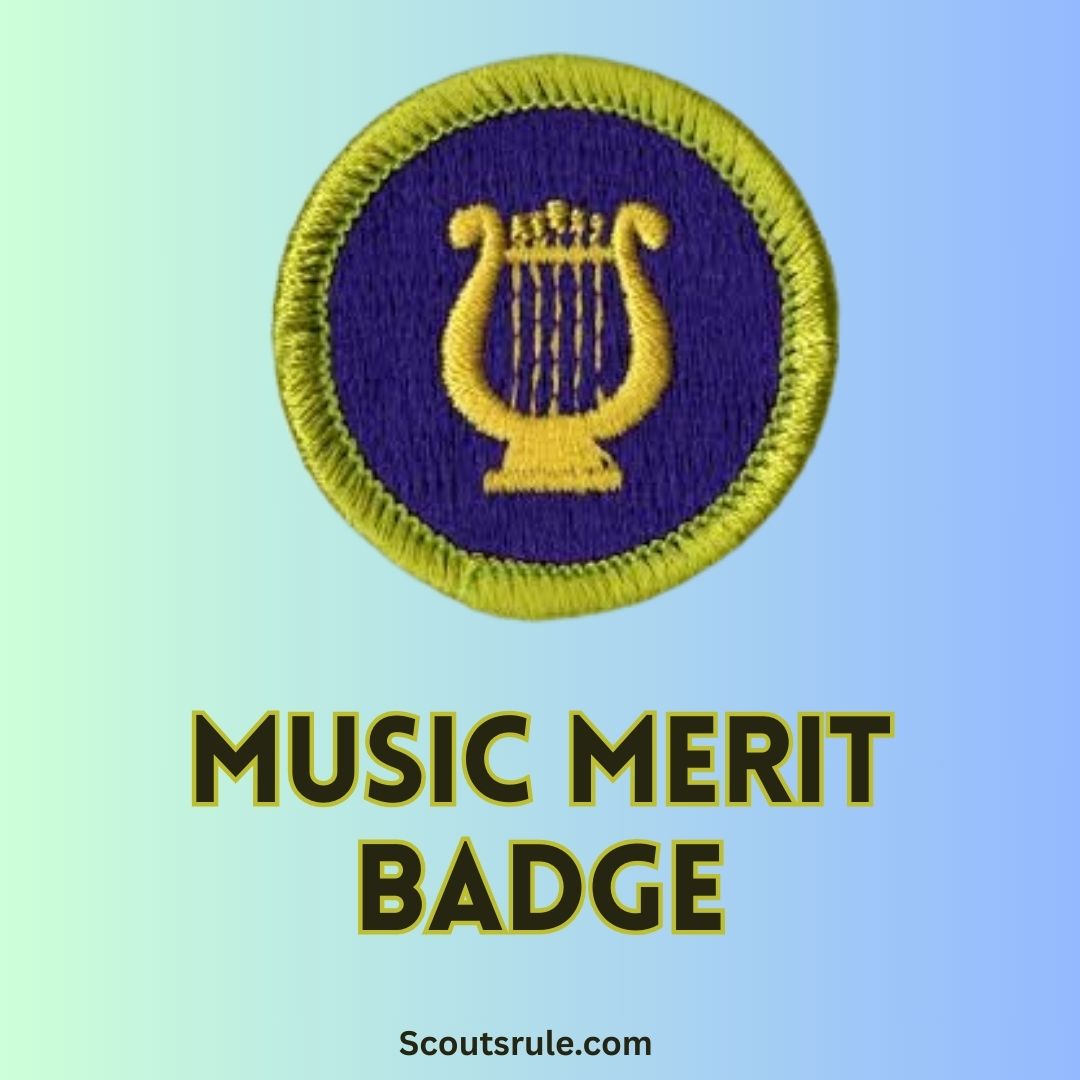
The Music Merit Badge is a fantastic opportunity for Scouts to explore their musical talents, deepen their appreciation for music, and learn about its cultural and historical significance. Below is a detailed guide to help you understand the requirements and how to fulfill them:
Post Contents
1. Perform a Song
Requirement:
Sing or play a simple song or hymn chosen by your counselor, using good technique, phrasing, tone, rhythm, and dynamics. Read all the signs and terms of the score.
How to Prepare:
- Choose a song or hymn that matches your skill level and interests.
- Practice regularly to improve your technique, focusing on tone, rhythm, and phrasing.
- Learn to interpret musical notation, including dynamics and tempo markings.
Tips:
- Seek feedback from your counselor or music teacher to refine your performance.
- Record yourself to identify areas for improvement.
2. Learn About Musical Instruments
Requirement:
Name the five general groups of musical instruments. Create an illustration that shows how tones are generated and how instruments produce sound.
How to Prepare:
- Study the five groups: strings, woodwinds, brass, percussion, and keyboards.
- Research how each group produces sound (e.g., strings vibrate, brass uses air pressure).
- Create a diagram or drawing that visually explains the mechanics of sound production for each group.
Tips:
- Use online resources or visit a music store to observe instruments in action.
- Include examples of instruments from each group in your illustration.
3. Explore Musical Styles
Requirement:
Do TWO of the following:
- Option A: Attend a live performance or listen to three hours of recordings from two musical styles (e.g., jazz, classical, country). Describe the sound, instruments, composers, performers, and audience reactions.
- Option B: Interview a family member about music from their youth and their current favorites. Listen to three of their favorite songs and share three of yours. Discuss the differences and similarities.
- Option C: Serve for six months in a school band, choir, or other organized musical group, or perform as a soloist in public six times.
- Option D: List five influential figures in American music history, including one composer, one performer, one innovator, and one person born over 100 years ago. Explain their impact.
How to Prepare:
- For Option A, attend concerts or explore recordings of different genres. Take notes on the instruments and styles used.
- For Option B, plan a conversation with a family member and prepare questions about their musical preferences.
- For Option C, participate actively in your musical group or plan public performances.
- For Option D, research influential figures like Louis Armstrong, Leonard Bernstein, or Elvis Presley.
Tips:
- Keep a journal to document your experiences and reflections for each option.
- Share your findings with your counselor to demonstrate your understanding.
4. Teach or Compose
Requirement:
Teach a song to a group, compose a piece of music, or create a plan for a musical performance.
How to Prepare:
- If teaching, choose a simple song and practice leading others in singing or playing it.
- If composing, experiment with melodies and rhythms to create an original piece.
- If planning a performance, organize the logistics, including the venue, participants, and program.
Tips:
- Collaborate with friends or family to make the experience more engaging.
- Use music software or apps to assist with composition.
5. Reflect on Music’s Impact
Requirement:
Discuss with your counselor how music affects your life and the lives of others.
How to Prepare:
- Reflect on how music influences your emotions, creativity, and social interactions.
- Consider examples of how music has impacted history, culture, or personal experiences.
Tips:
- Share specific stories or moments where music played a significant role in your life.
- Explore how music is used in different settings, such as celebrations, therapy, or education.
Prepare Before Play
Music begins with preparation, and two essential steps are highlighted in the requirements:
- Buying an Instrument: Choosing the right instrument is an important first step in a musical journey. Factors such as personal interest, the type of sound desired, and budget considerations all play a role. Whether it’s a string instrument like a violin, a woodwind like a flute, or a brass instrument like a trumpet, the process of buying an instrument is an exciting endeavor.
- Choosing a Teacher: A good teacher provides guidance, nurtures talent, and fosters an appreciation for the art form. Scouts must explore options that align with their goals—whether they want to learn classical techniques, develop a unique style, or experiment with contemporary genres.
Signs and Terms
Music has its own language, composed of symbols and terminology that guide performance and composition. Scouts need to familiarize themselves with notes, rests, dynamics (such as forte and piano), and tempo markings (like allegro and adagio). This knowledge helps them read music and understand how composers convey their intentions.
Sound and Music
The relationship between sound and music is fundamental to understanding how melodies are created. Scouts learn about sound waves, frequencies, resonance, and harmonics, which explain how different tones and pitches are produced. They explore the science behind sound, giving them insight into the technical aspects of music.
Musical Instruments
Musical instruments come in various types, each producing unique sounds. The requirements encourage Scouts to explore the following categories:
- Percussion Instruments: These include drums, tambourines, maracas, and xylophones. Percussion instruments produce sound through striking or shaking, offering rhythm and texture to musical compositions.
- Wind Instruments: Divided into two subcategories:
- Woodwind Instruments: Flutes, clarinets, oboes, and saxophones fall into this category. These instruments produce sound by air flowing through a reed or across an opening.
- Brass Instruments: Trumpets, trombones, French horns, and tubas create sound by vibrating air through a mouthpiece.
- Stringed Instruments: Also divided into two groups:
- Bowed Instruments: Violins, violas, cellos, and double basses are played with a bow, creating smooth and resonant tones.
- Plucked Instruments: Guitars, harps, and ukuleles are played by plucking strings, allowing for crisp and rhythmic sounds.
- Keyboard Instruments: Pianos, organs, and synthesizers fall into this category, offering versatility and a wide range of tones.
- Electronic Instruments: These include electric guitars, drum machines, and synthesizers, which use electronic circuits to produce sound.
- MIDI (Musical Instrument Digital Interface): MIDI technology allows electronic instruments to communicate with computers and software, revolutionizing music production and composition.
Music Appreciation
Understanding and appreciating music is a crucial aspect of this badge. Scouts must explore different genres and forms, learning to recognize melodies, harmonies, rhythms, and textures. They are encouraged to attend performances, listen to recordings, and engage with music critically.
Classical Music
Classical music encompasses various forms, each offering unique experiences:
- Symphony: A symphony is an extended orchestral composition divided into multiple movements, often showcasing the complexity and beauty of instrumental arrangements.
- Opera: Opera combines music, singing, and drama, telling stories through elaborate performances.
- Operetta: A lighter form of opera, operettas often include humor and spoken dialogue alongside musical numbers.
- Oratorio: Oratorios are large-scale musical works with a religious or philosophical theme, performed without costumes or staging.
- Ballet: Ballet integrates dance with orchestral music, creating visual and auditory artistry.
- Program Music: Program music conveys a story or scene, often inspired by literature, nature, or historical events.
Popular Music
Popular music includes genres that resonate with contemporary audiences. Scouts explore the following categories:
- Pop: Characterized by catchy melodies and accessible lyrics, pop music dominates mainstream culture.
- Country: Country music often tells stories of life, love, and hardship, accompanied by guitars, banjos, and fiddles.
- Bluegrass: A subgenre of country music, bluegrass features acoustic instruments and vocal harmonies.
- Gospel: Rooted in spiritual themes, gospel music showcases powerful vocals and uplifting melodies.
- Folk: Folk music emphasizes storytelling, reflecting cultural traditions and societal issues.
- Rock: Known for its energetic beats and electric guitar riffs, rock music has shaped generations.
- Heavy Metal: A subgenre of rock, heavy metal features intense sounds, aggressive lyrics, and powerful instrumentation.
- Rap: Rap focuses on rhythmic speech and lyrical expression, often addressing social and personal themes.
A Mixture of Music
This requirement encourages Scouts to explore fusion genres and innovative compositions that blend elements from different musical styles. It highlights the creativity and evolution of music over time.
Resources
- Visit the official Boy Scouts of America Music Merit Badge page for the latest requirements.
- Check out this Music Merit Badge Guide for detailed explanations and tips.
- Use the workbook available on Scouter Mom to track your progress.
Earning the Music Merit Badge is a rewarding journey that combines creativity, performance, and exploration. Whether you’re an experienced musician or just starting out, this badge offers a chance to deepen your connection to music and share its joy with others. Let me know if you’d like additional tips or resources!

Hi, Robin here, A former lead Scout and here I share my inspiring stories about USA Scouts, leadership, adventure, how to guides and more.

